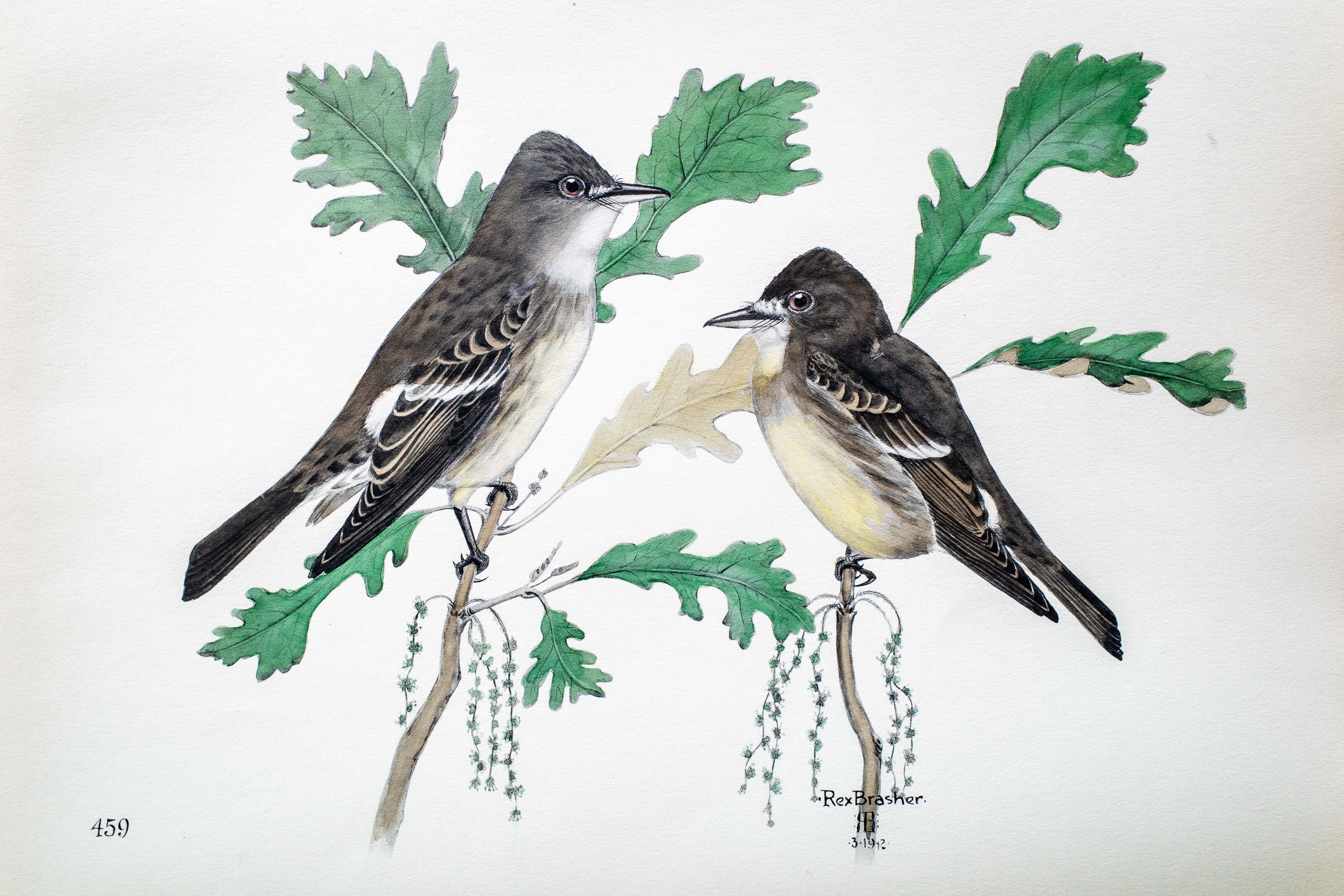
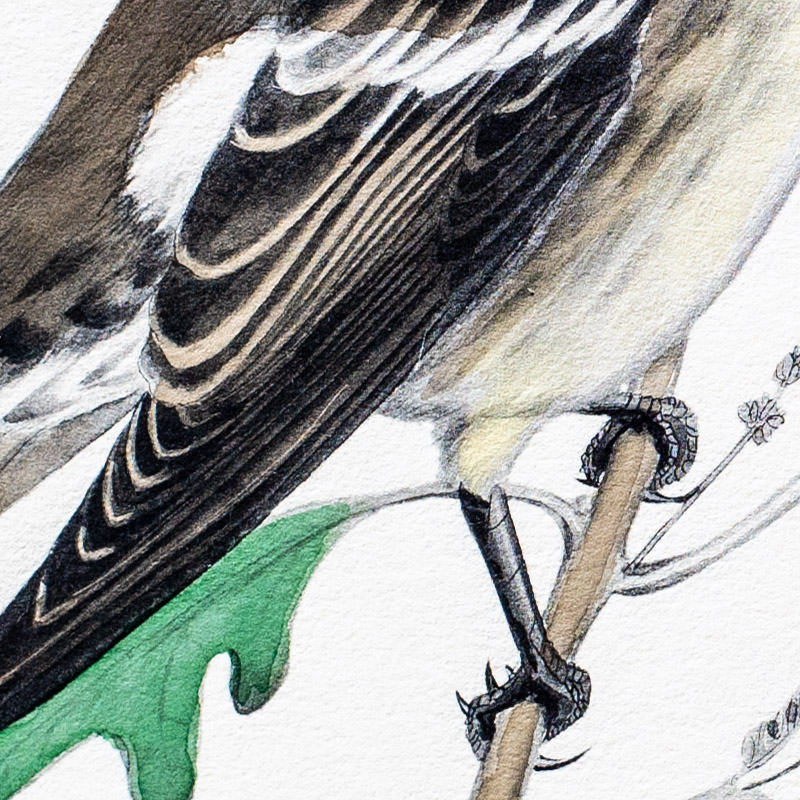
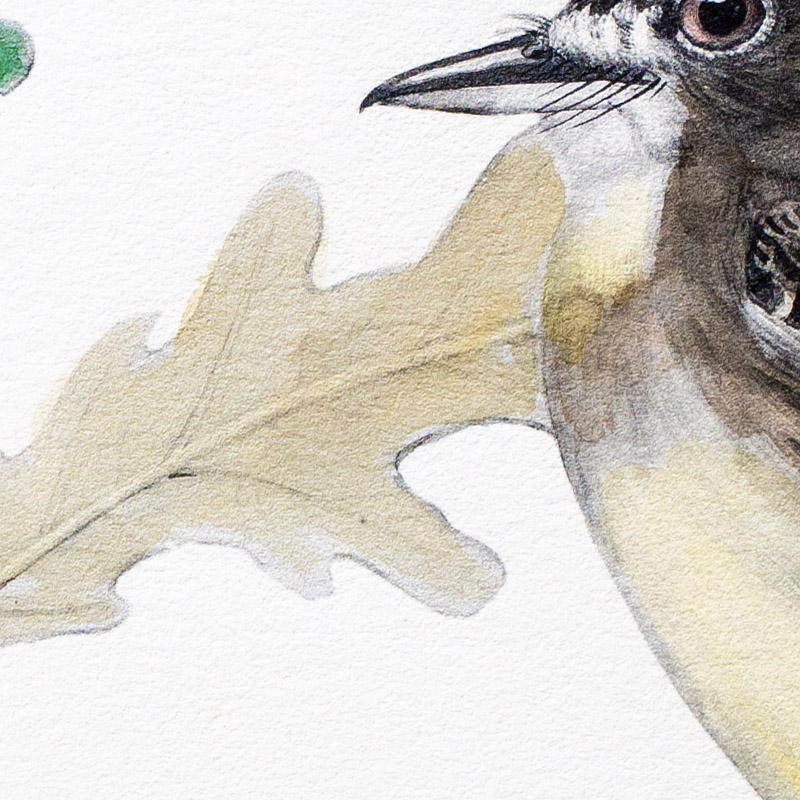
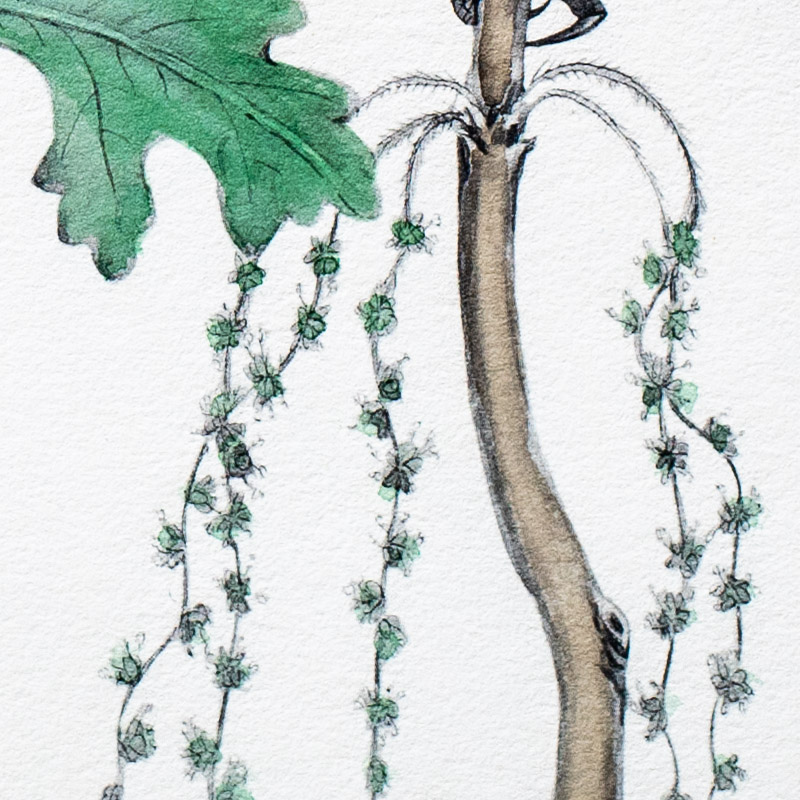
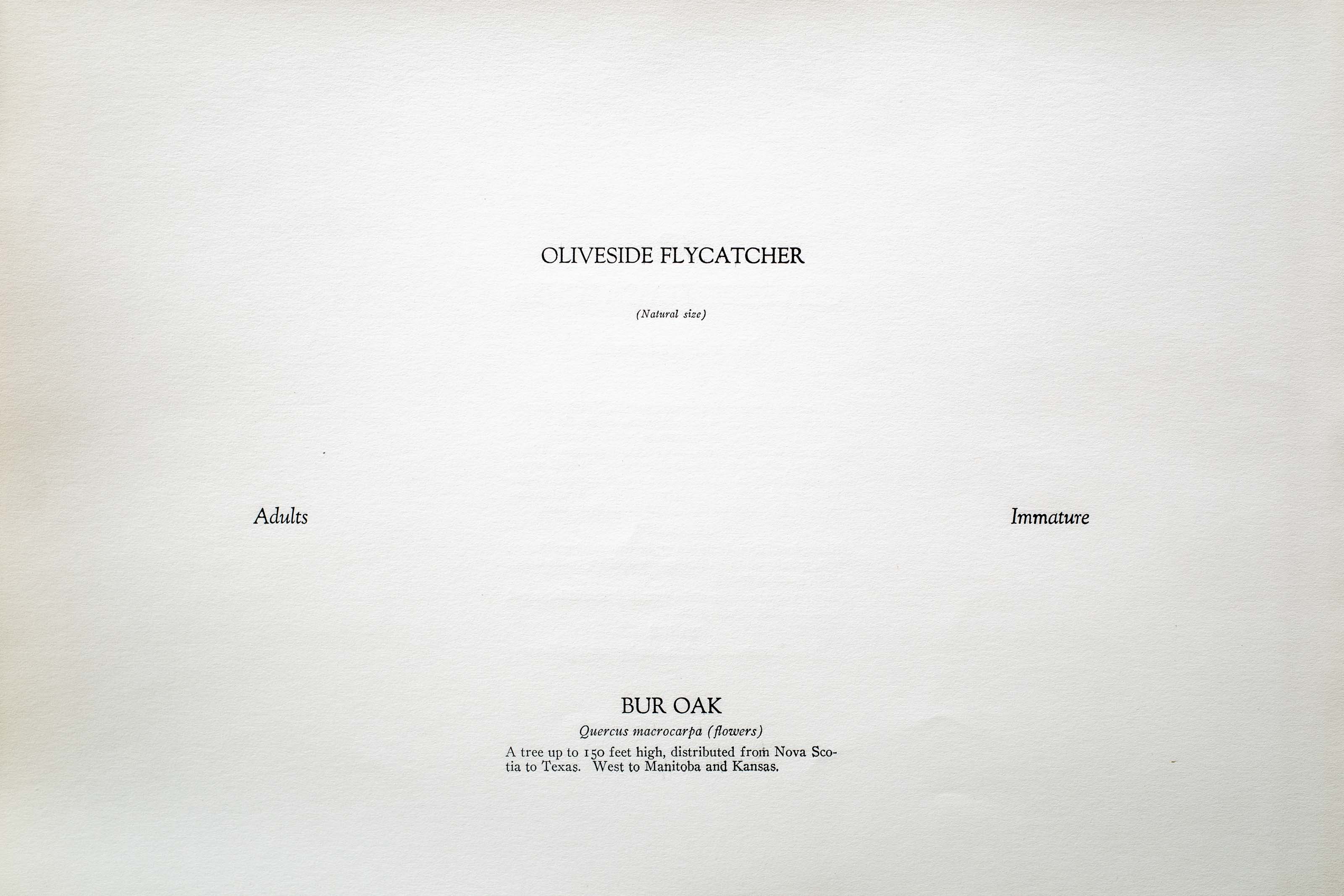
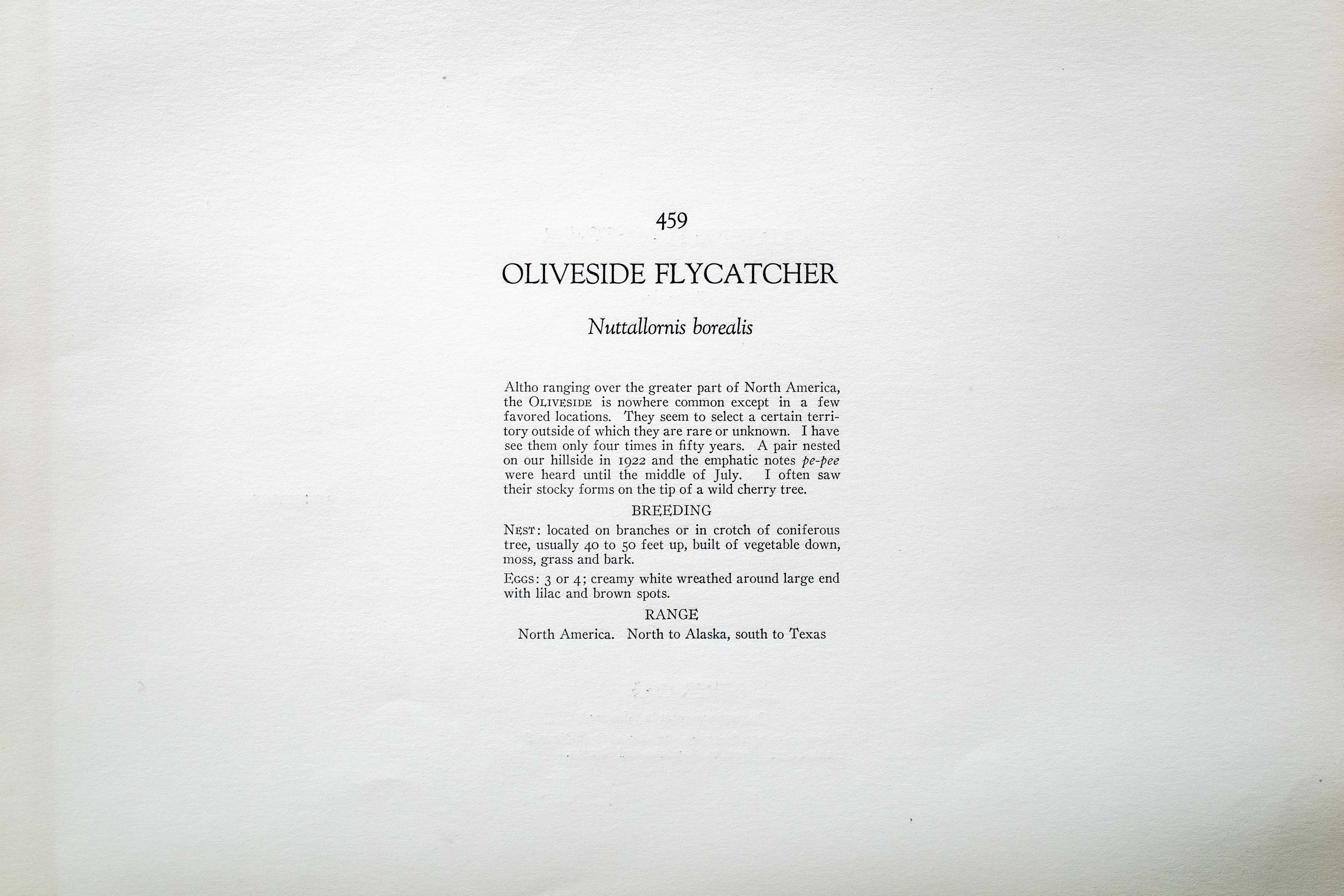

1912
1931
7
459
A team of dedicated board members, volunteers, and student interns has published every page in Volume 9. This volume includes 360 images of paintings and lyrical descriptions of birds, now available online for everyone to enjoy anywhere in the world. This is a monumental task. Each volume requires approximately 400 hours to photograph, edit, transcribe, catalog, and publish online. We need your support to complete this work.
If you're tech-savvy, have a good eye, are meticulous with details, and love structured data, please consider volunteering by emailing us at hello@rexbrasher.org.
We encourage all bird lovers and supporters to consider a monetary donation to support our mission to make Rex's work available for everyone. You can provide a one-time or recurring donation online.
Altho ranging over the greater part of North America, the OLIVESIDE is nowhere common except in a few favored locations. They seem to select a certain territory outside of which they are rare or unknown. I have see them only four times in fifty years. A pair nested on our hillside in 1922 and the emphatic notes pe-pee were heard until the middle of July. I often saw their stocky forms on the tip of a wild cherry tree.
NEST: located on branches or in crotch of coniferous tree, usually 4o to 50 feet up, built of vegetable down, moss, grass and bark.
EGGS: 3 or 4; creamy white wreathed around large end with lilac and brown spots.
North America. North to Alaska, south to Texas.
A tree up to 150 feet high, distributed from Nova Scotia to Texas. West to Manitoba and Kansas.